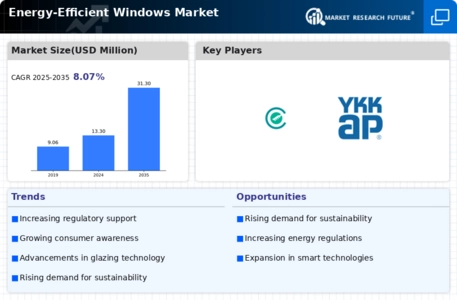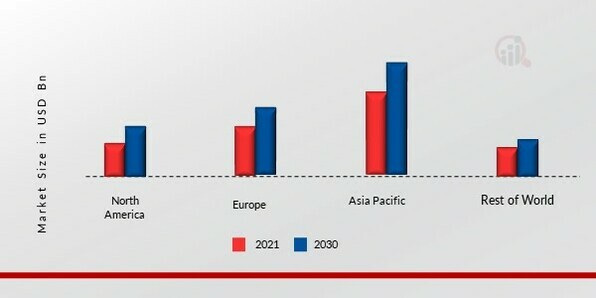Market Analysis
In-depth Analysis of Energy Efficient Windows Market Industry Landscape
Energy-efficient windows market study analyzes how market products and segments decrease artificial heating and cooling. These windows consist of glass, frame, and hardware. These features insulate the structure from ambient heat, reducing energy use. These give development prospects to important local industries. Major market players in Japan, the US, and Belgium are employing inorganic and organic tactics to develop in the energy-efficient window market by 2028. The Energy Efficient Windows Market is changing due to supply and demand considerations. Modern building design and sustainability depend on energy-efficient windows that reduce heat transmission and improve insulation. The growing emphasis on energy saving and sustainable building drives market dynamics. As governments, organizations, and consumers emphasize energy efficiency to decrease carbon footprints, demand for sophisticated and eco-friendly energy-efficient windows has increased, positively affecting construction and architectural market dynamics. The building and real estate industries drive energy-efficient window market dynamics. Energy-efficient windows are becoming standard in construction projects due to environmental concerns and energy savings. These windows optimize natural light, reduce heating and cooling expenses, and improve building efficiency, affecting construction market dynamics. Energy-efficient window technology also affects market dynamics. Low-emissivity (Low-E) coatings, numerous glazing layers, and gas-filled gaps improve window insulation and thermal efficiency. Smart window technologies like electrochromic or thermochromic glazing affect market dynamics by offering customized light and heat transfer options. Market dynamics depend on sustainability and environmental concerns. Green construction guidelines have increased demand for energy-efficient windows using recyclable materials and sustainable production practices. By supplying sustainable building options, environmentally responsible window manufacturers affect market dynamics. Architectural trends and design choices affect energy-efficient window market dynamics. By meeting architects, designers, and building owners' changing desires, bigger windows, floor-to-ceiling glass, and new frame materials affect market dynamics. Energy-efficient windows in green building designs improve sustainability and aesthetics. Energy-efficient window market dynamics depend on regulatory norms and building codes. To maintain building code compliance, governments and regulatory agencies set window performance, energy efficiency, and insulation standards. Following these criteria affects market acceptance of energy-efficient window systems that meet or surpass regulatory requirements. Energy-efficient window market dynamics depend on economic circumstances and real estate developments. Economic development and building investments boost energy-efficient window demand. Conversely, economic downturns and real estate market volatility might affect window installation and refurbishment demand. Manufacturing, quality assurance, and a wide selection of energy-efficient window solutions affect market dynamics on the supply side. By satisfying building projects with varying energy efficiency and design criteria, window manufacturers that engage in research & development, concentrate on product innovation, and provide a wide variety of designs and functions affect market dynamics.






Leave a Comment